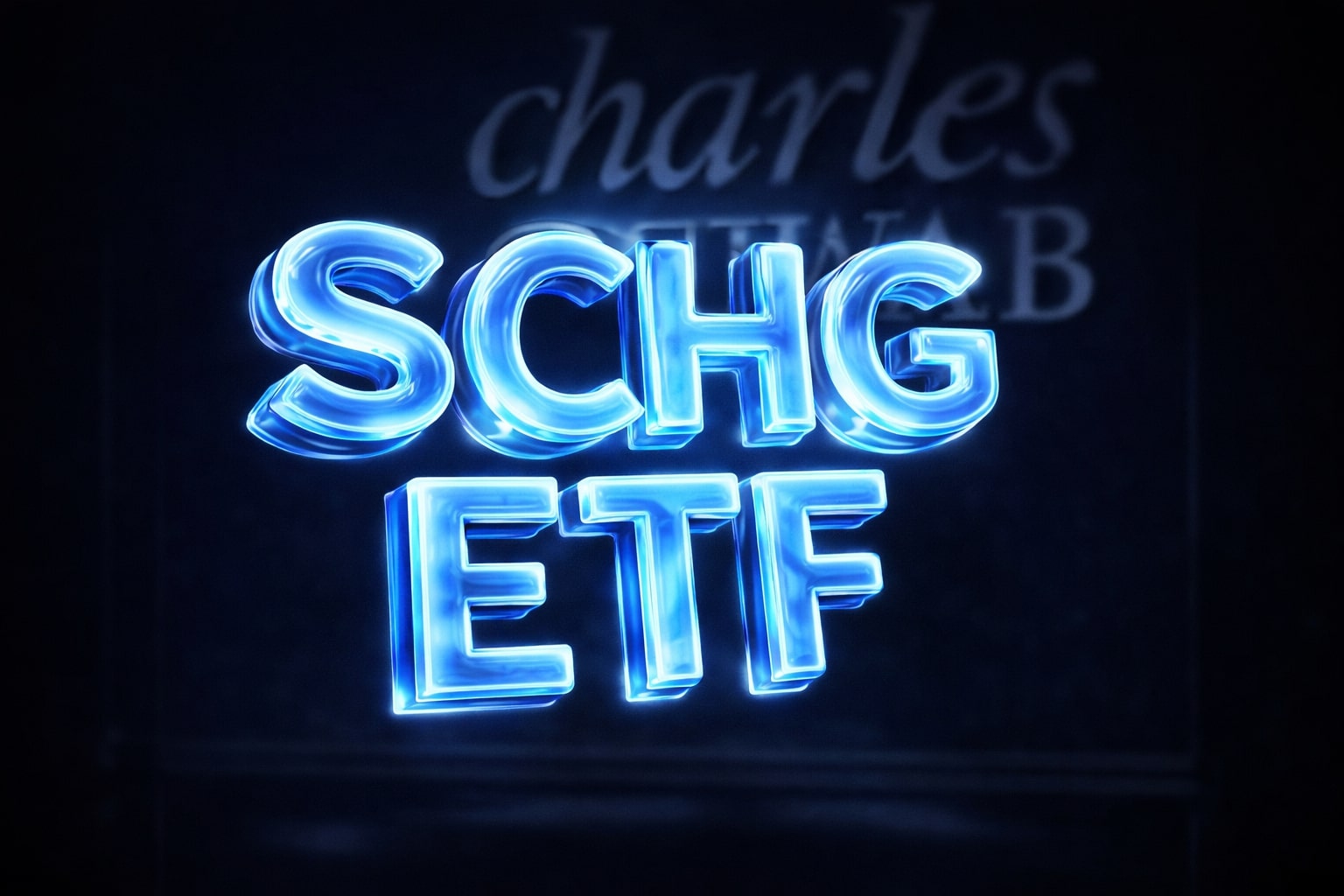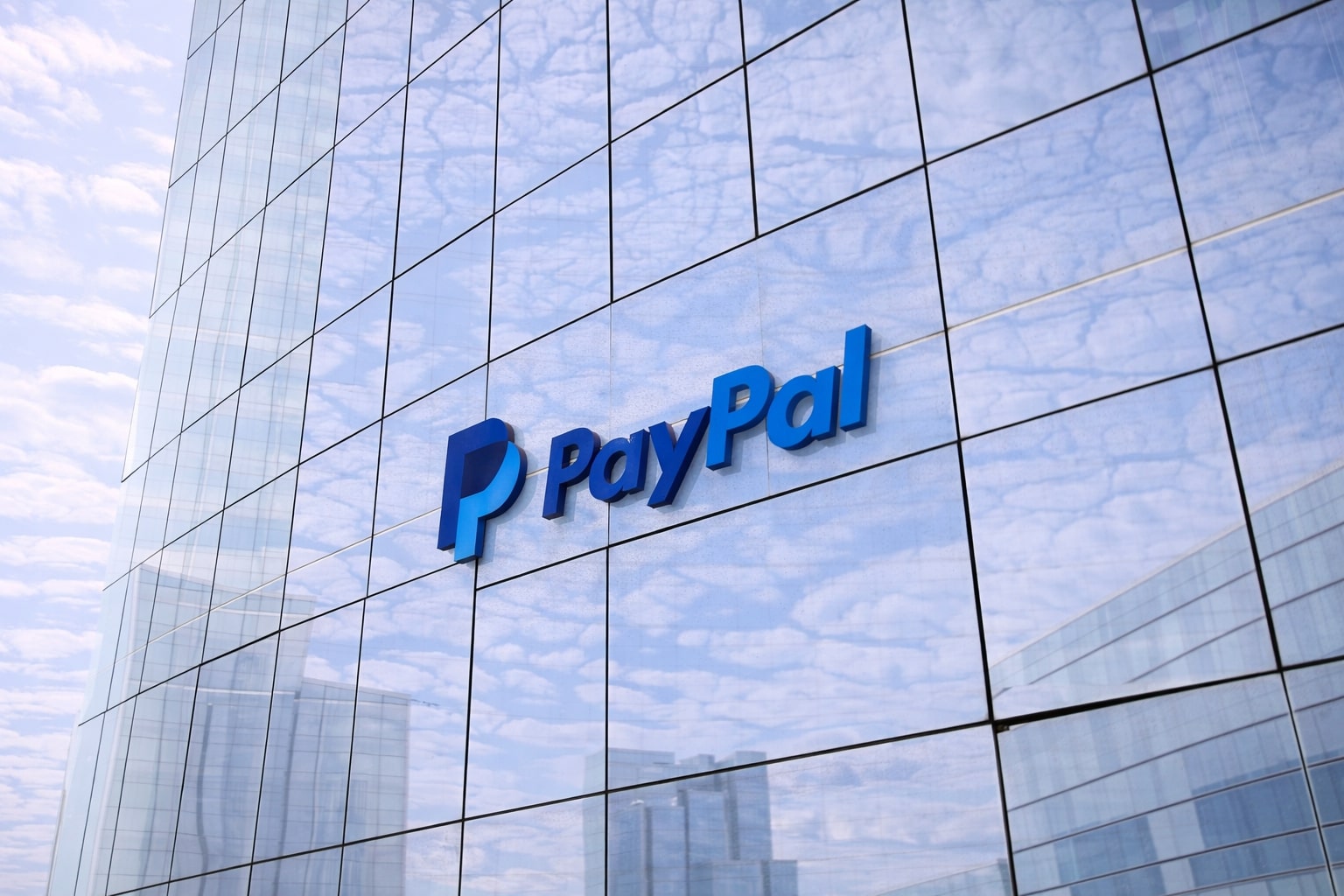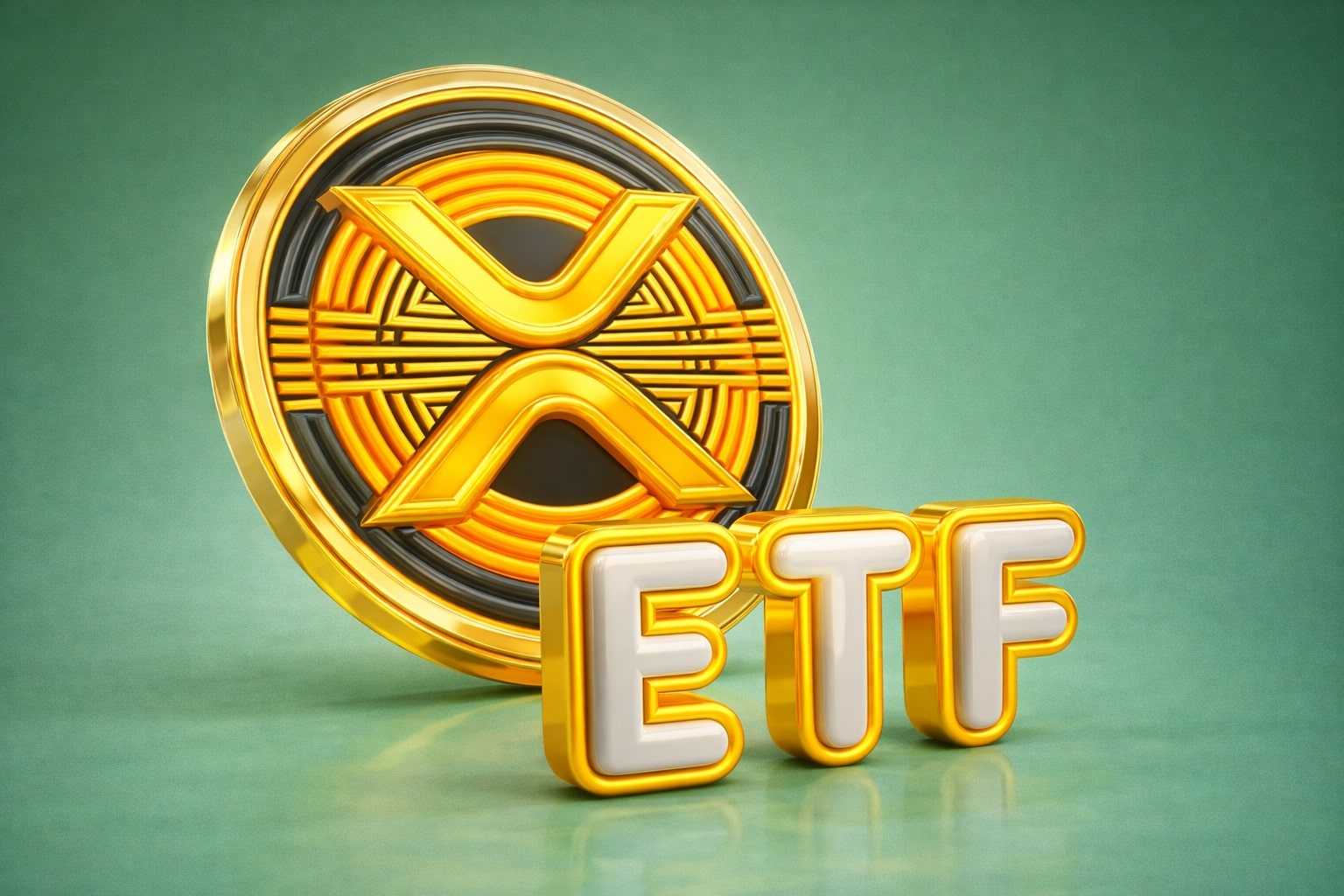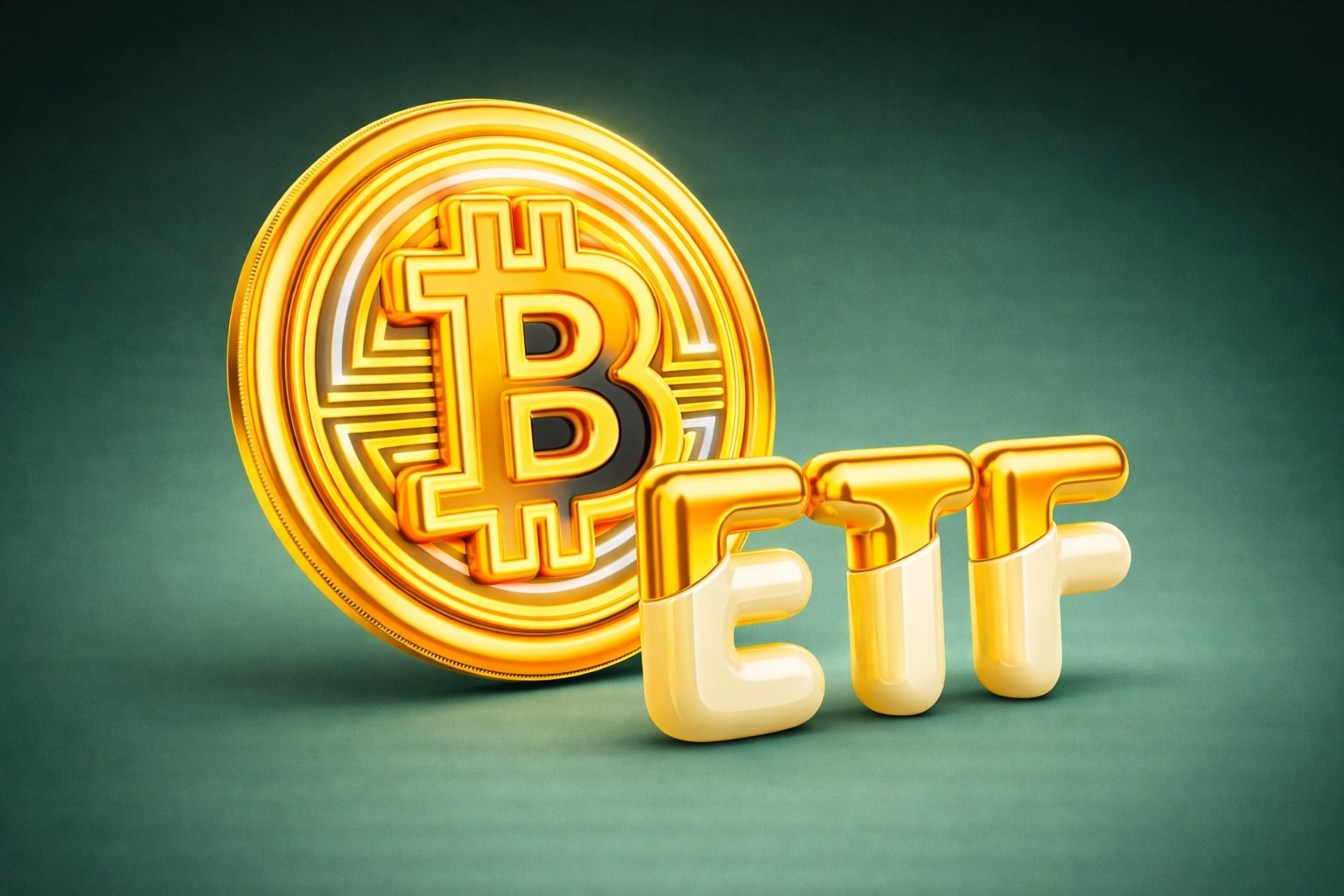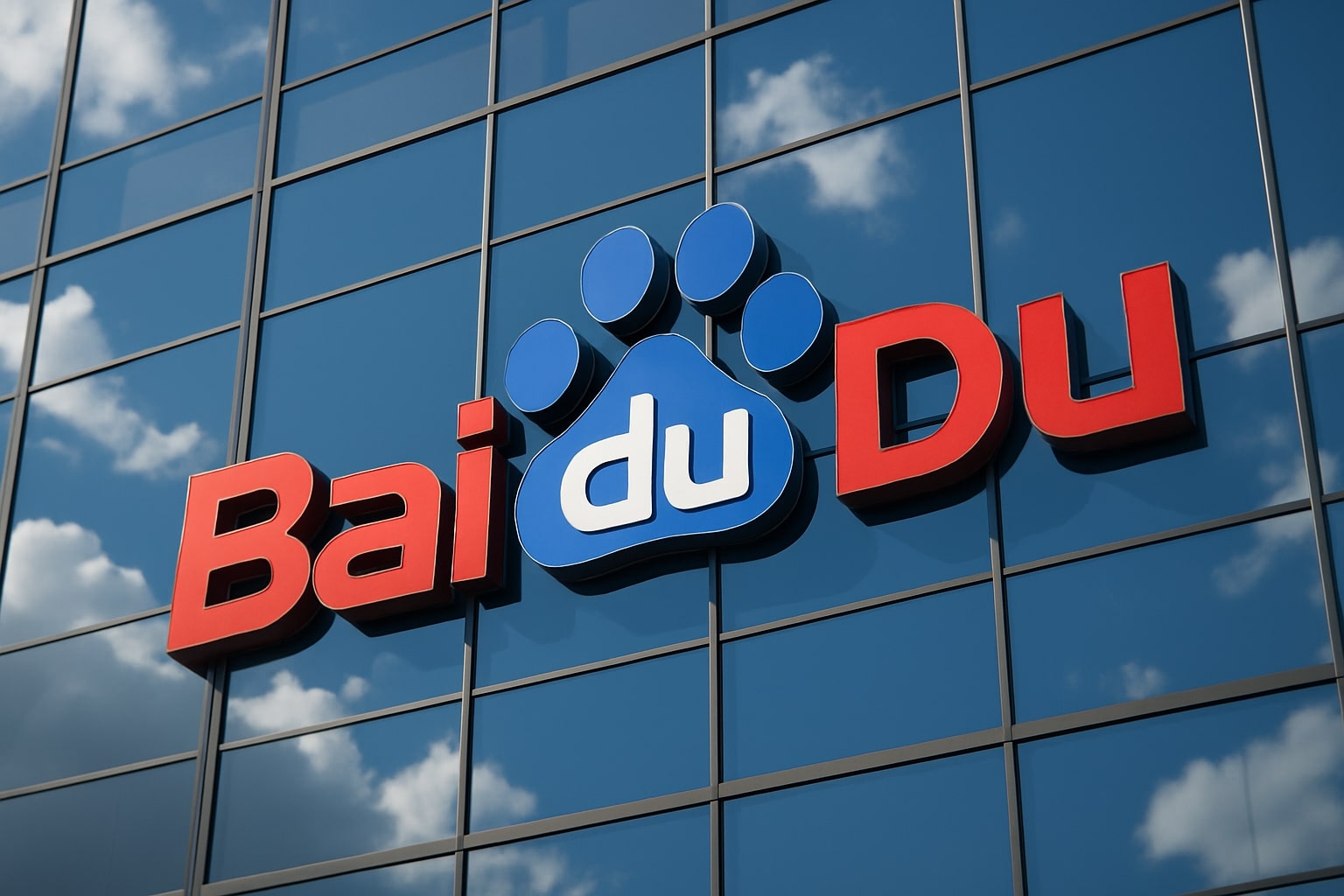
Baidu (NASDAQ:BIDU) Stock Price Climbs 33% Since July to $115 as AI Cloud and Robotaxis Lead
AI Cloud growth, Ernie X1.1 rollout, and Apollo Go’s global expansion fuel BIDU’s rally — valuation still implies 55–75% upside | That's TradingNEWS
Baidu (BIDU) Stock Price Climbs 33% Since July Call
NASDAQ:BIDU is trading at $114.82, up more than 33% from the $86 level of early July 2025 when valuation was barely above net cash. The company’s market cap has expanded to $40.6B from $29.9B, while forward P/E has risen to 12.3x compared to the single-digit multiples investors saw two months ago. Despite the rally, BIDU still trades at a steep discount to U.S. peers like Alphabet at ~25x and Microsoft above 30x.
AI Cloud and Ernie X1.1 Strengthen Baidu’s Competitive Position
Baidu’s launch of Ernie X1.1 in September significantly improves reasoning accuracy and user interaction. Management claims it surpasses OpenAI GPT-5 and Alphabet’s Gemini 2.5 Pro, with enterprise customers already accessing the model through Baidu Cloud. AI Cloud revenue surged 42% year over year to RMB 6.7B ($922M), now contributing more than a quarter of Baidu Core revenue. This validates the thesis from July that AI would become the company’s primary growth driver.
Apollo Go Robotaxi Growth Adds Long-Term Optionality
Baidu’s Apollo Go robotaxi platform expanded to 15 cities worldwide, including new deployments in Dubai and Abu Dhabi. Quarterly rides reached 1.4 million, up 75% YoY, making it the most scaled autonomous fleet globally. The RT6 vehicle, produced at under $30,000 per unit, provides a cost advantage compared to global rivals. Partnerships, such as the deal with CAR Inc., add an asset-light monetization pathway.
Earnings Show Advertising Weakness but Solid Profitability
Second-quarter revenue came in at RMB 32.7B, down 3.6% YoY, with online marketing revenue falling 15% YoY as legacy ads continue to struggle. However, Baidu maintained a 20.9% net margin and posted EPS of RMB 10.94. Analyst consensus for Q3 EPS is 9.96, sharply lower than the RMB 16.6 of a year ago. While ad declines remain a drag, strong AI adoption and robotaxi scaling help stabilize profitability.
Read More
-
SCHG ETF Near $33 High As AI Giants Drive 19% 2025 Rally
01.01.2026 · TradingNEWS ArchiveStocks
-
XRP-USD Stuck At $1.87 As XRPI Near $10.57 And XRPR Around $14.98 Despite $1.16B ETF Wave
01.01.2026 · TradingNEWS ArchiveCrypto
-
Natural Gas Price Forecast - NG=F Slides Toward Key $3.57 Support As Ng=F Extends 33% Drop
01.01.2026 · TradingNEWS ArchiveCommodities
-
USD/JPY Price Forecast - Yen Near 156 As Fed Cuts Meet Boj Hawkish Turn
01.01.2026 · TradingNEWS ArchiveForex
Debt Refinancing Strengthens Liquidity Profile
In mid-September Baidu completed a CNY 4.4B ($600M) senior note offering at a 1.9% coupon, maturing in 2029. Proceeds will be used for refinancing and corporate purposes. With RMB 123.9B ($17B+) in cash and a debt/equity ratio of just 30.8%, Baidu continues to operate from a fortress balance sheet. Levered free cash flow stands at RMB 26.6B, providing ample cushion for ongoing AI investments.
Valuation Gap Narrows but Remains Attractive
At today’s price of $115, BIDU trades at ~12x forward earnings and 2.1x sales, still well below sector averages. In July, discounted cash flow models implied fair value between $179 and $247 per share. After a 33% rally, the margin of safety has narrowed, but even conservative models suggest 55–75% upside from current levels. Upside scenarios that factor AI monetization and robotaxi scaling could push shares above $200 within 12–18 months.
Insider Activity and Buyback Program Support Confidence
Insider accumulation trends remain positive, signaling conviction in long-term AI monetization. Baidu’s $5B buyback program, with $3.6B still available for execution in 2025, represents more than 12% of the current market cap, adding further support to shareholder returns.
Buy/Sell/Hold Verdict on NASDAQ:BIDU
With the stock now at $115, up 33% since July, Baidu has begun to close the valuation gap but remains deeply discounted relative to global peers. AI Cloud growth, Ernie X1.1’s leadership, Apollo Go’s rapid expansion, and balance sheet strength justify maintaining a Buy rating. Fair value sits in the $179–$200 range, with a 5-year target near $336 if AI monetization scales aggressively. Key risks remain tied to China’s macro climate and regulatory landscape, but the asymmetry still favors the upside.














